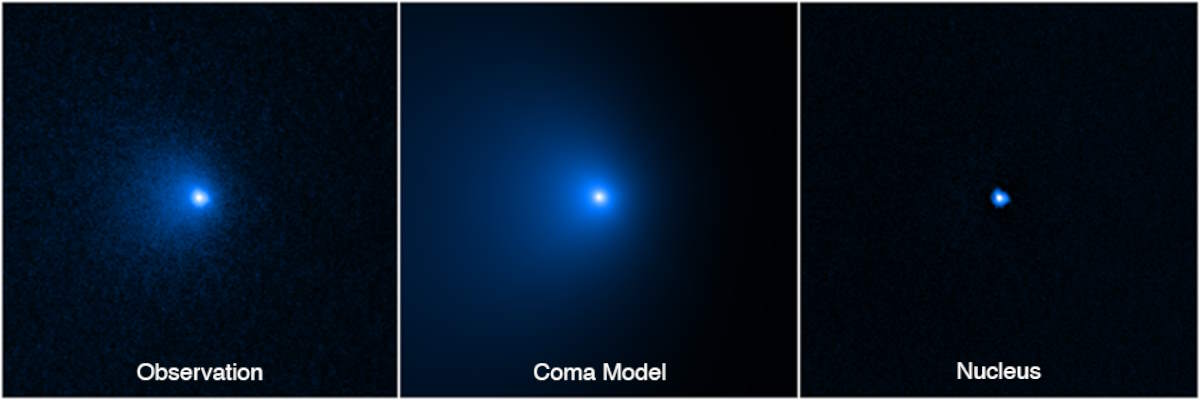Our home planet is a complex and wondrous place, brimming with mysteries and surprises. Yet, in the vast expanse of knowledge we hold about Earth, some misconceptions have taken root. These widely held but incorrect beliefs often stem from outdated textbooks, misunderstood science, or the oversimplification of complex concepts for ease of learning. They range from ideas about the shape of the Earth and the causes of the seasons to beliefs about the composition of the atmosphere and the workings of Earth’s ecosystems.
Dispelling these misconceptions is not just about correcting facts; it’s about deepening our understanding of the world around us and fostering a more informed appreciation of our place within it. Here are the top ten misconceptions about Earth.









